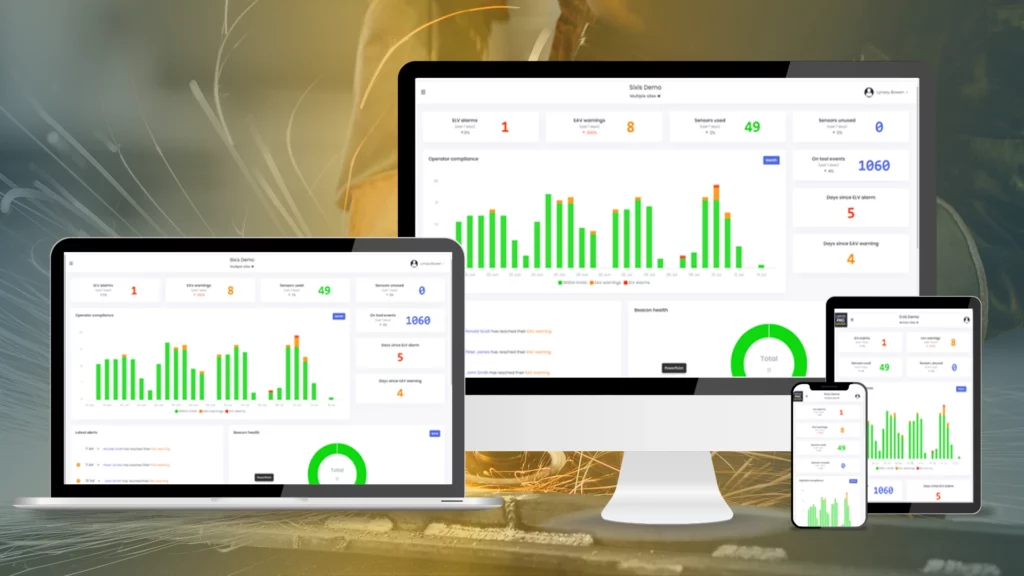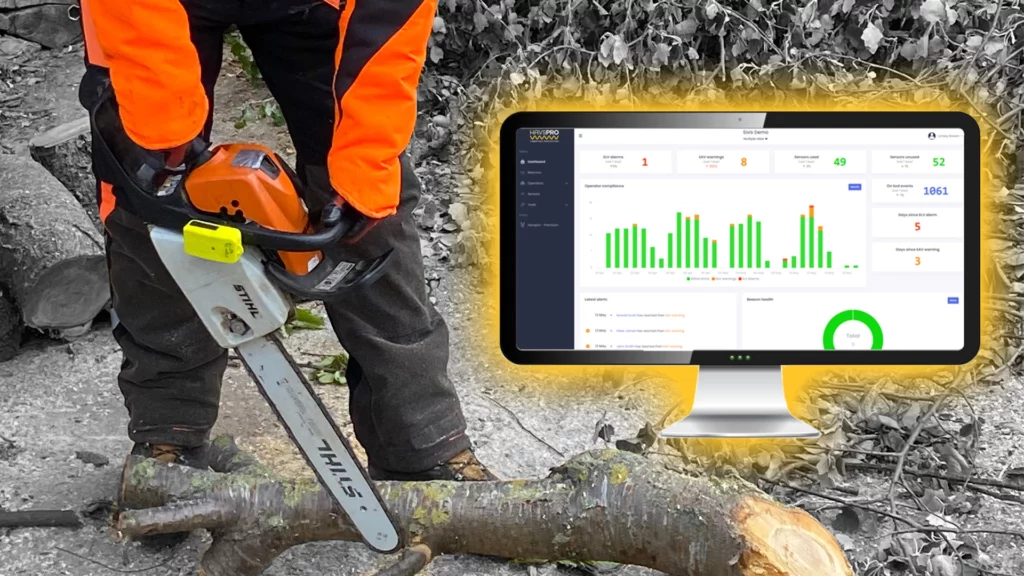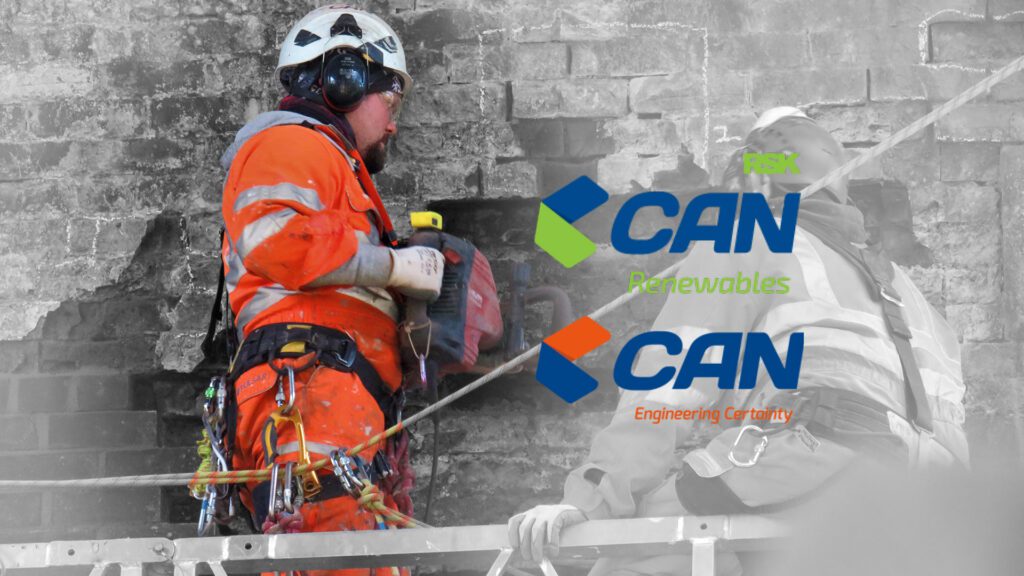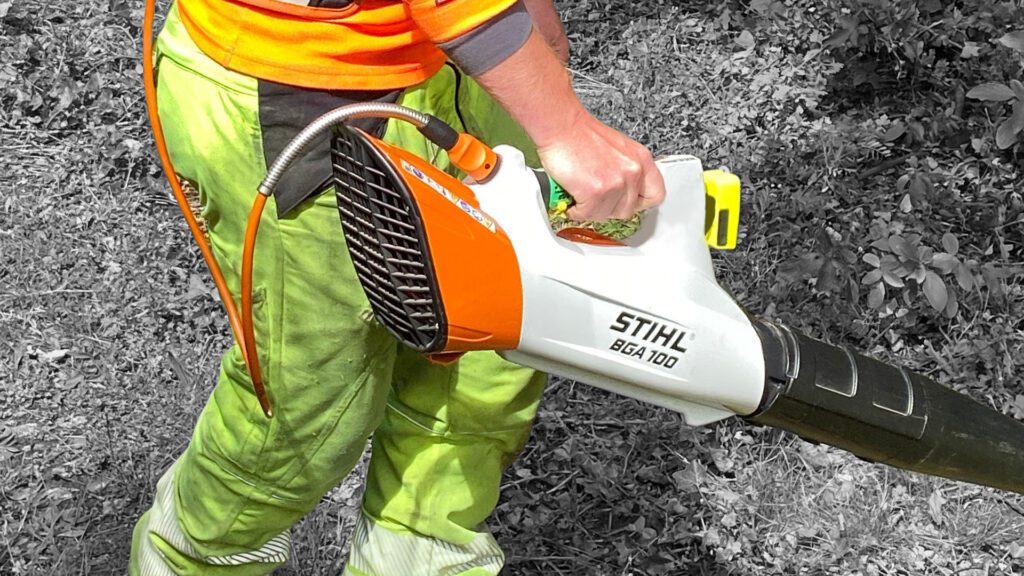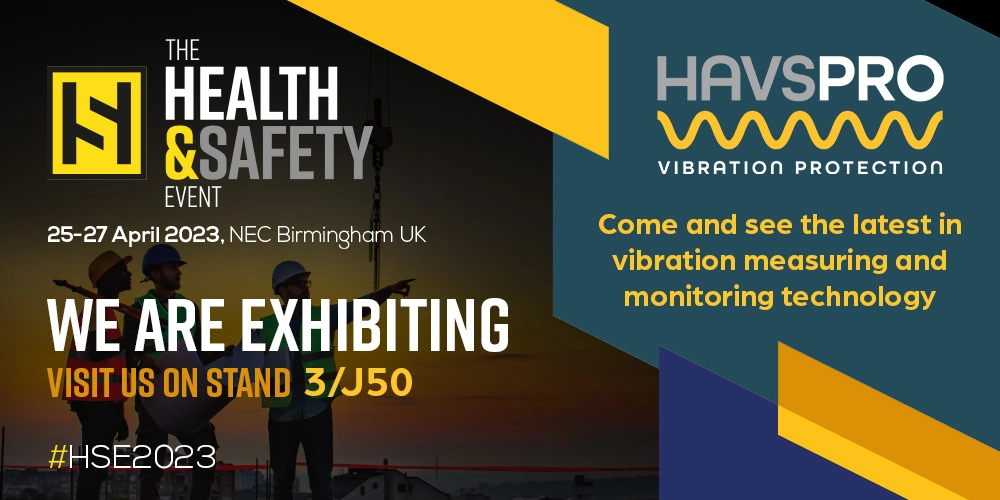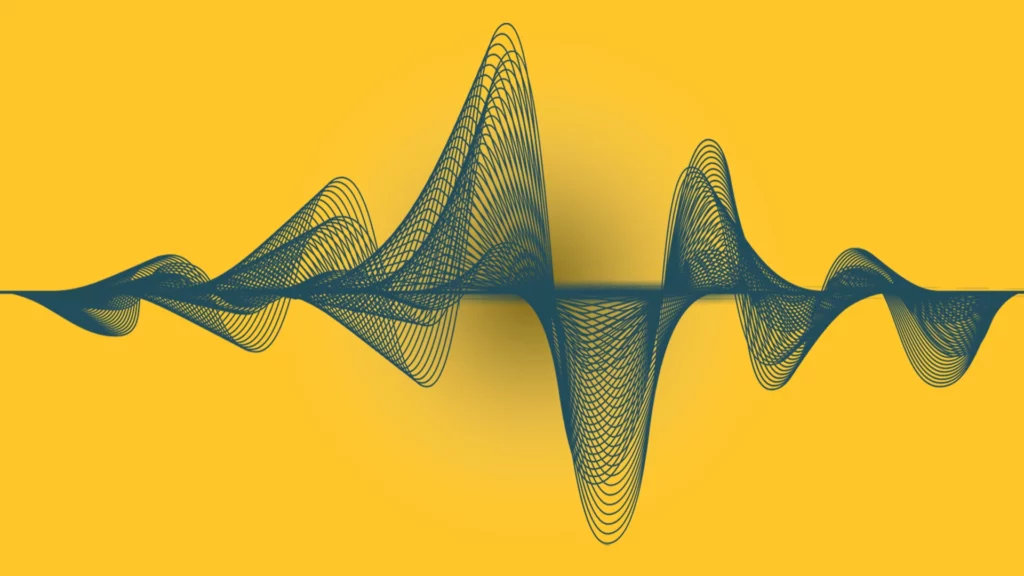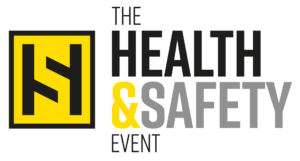A quick look at how HAVSPRO works…
Thinking of trying HAVSPRO, but not sure how it works? Here is a quick breakdown of the system and its benefits: 1️⃣ Each operator has their own sensor, programmed with their unique details, HAVS points values and even a reminder for their next health review date. 2️⃣ Each tool is fitted with a holster to […]
A quick look at how HAVSPRO works… Read More »

